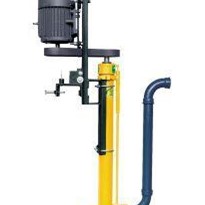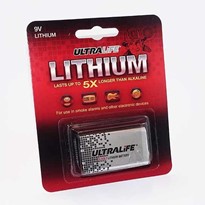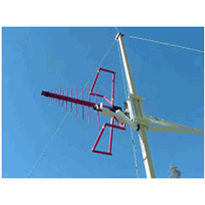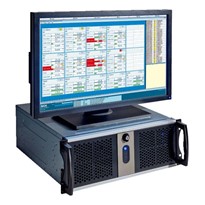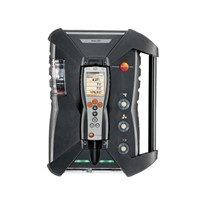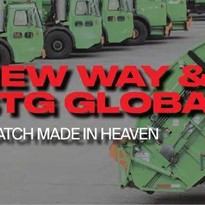Each year, Australian’s produce around 64 million tonnes of waste.
When all that waste is sent to landfill it creates around 13 million tonnes of CO2-e, making up 3% of Australia’s emissions.
The good news is, the government plans to half the amount of organic waste going to waste sites by 2030. That would mean a reduction of 10% or 300 kg of waste, per person per year.
Most states plan on cutting our emissions in half by introducing a four bin household pick up system. This would also allow green bins to take food waste instead of our scraps being sent to landfill.
But we have a problem. Most waste trucks are prone to severe rust because of the liquid that comes from organic waste, also known as ‘bin juice.’
“The acidity of the bin juice has cost operators millions of dollars due to shortening the life of the truck body,” says Ross Yendle, Managing Director of STG Global.
“As we all know in the waste industry, it’s a very competitive industry, so ROI and plant life is key…The trucks that pick up this organic material will need to have rust-resistant steel or the suppliers just won’t get the life out of the truck.”
Australian waste companies need tougher trucks to stay profitable and protect our natural environment.
Like you, STG Global wants to see Australia cut our emissions. This is why we are proud to be the first Australian company to use specialised, Hardox HiAce Steel from SSAB to build longer-lasting truck bodies.
Hardox HiAce Steel makes our waste trucks:
- More durable, even in the most hostile conditions.
- Corrosion resistant.
- Able to fight wear and tear in acidic environments.
Our waste truck bodies are bin juice proof!
So, how does it work?
In acidic environments, like organic waste, the corrosion-resistant steel plate slows down oxidation, helping counteract wear and tear.
Using Hardox HiAce Steel in the right places when constructing a truck body, we can double the lifespan of your waste truck!
So why not invest in a longer-lasting waste truck and help us take care of Australia.


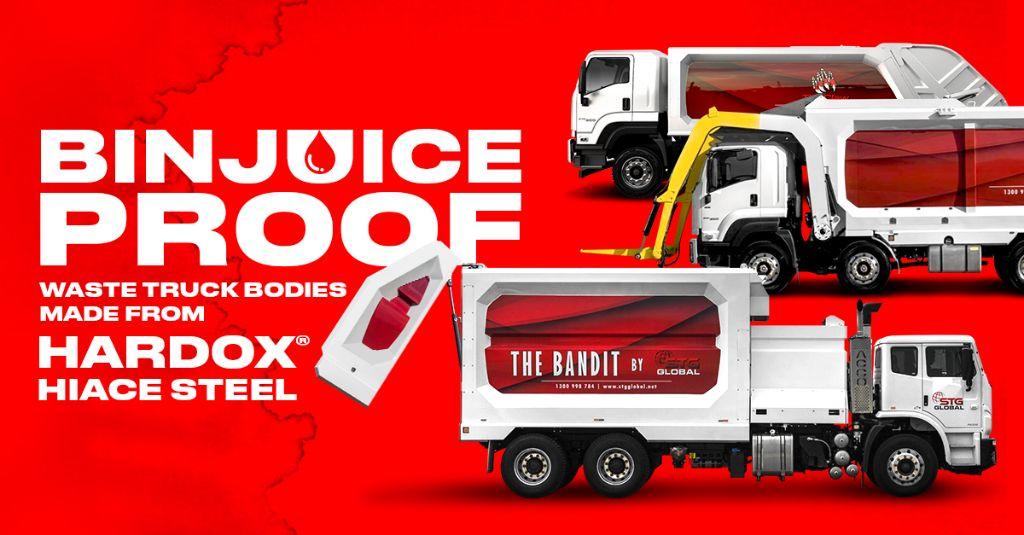
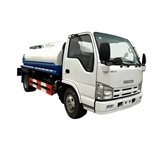







-160x160-state_article-rel-cat.png)

-160x160-state_article-rel-cat.png)
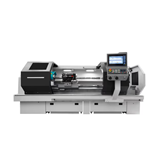

-160x160-state_article-rel-cat.png)


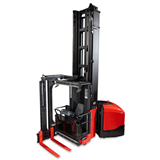
-160x160-state_article-rel-cat.png)
-160x160-state_article-rel-cat.png)
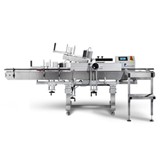
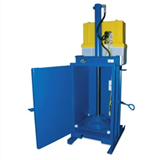








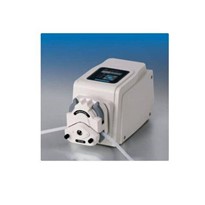
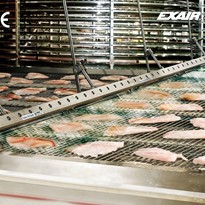
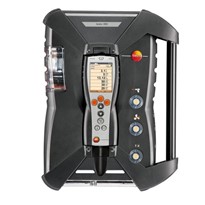
-205x205.jpg)

